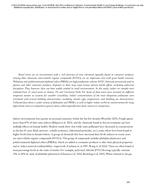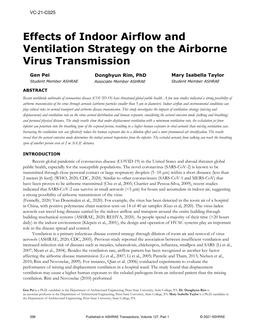During their history, centrifugal chillers have been controlled manually, semi-automatically, pneumatically, electronically -utilising vacuum tube then solid-state technology- and finally via microprocessor. This evolution produced distinct improvements at each stage. Today, with the common acceptance of energy management systems and microcomputers, there are still difficulties to overcome, but many new opportunities exist to advance the state of the art. The new choices presenting themselves are in the areas of simplification, human interface, communications with higher-order systems, universal connectivity, and improvements of diagnostics capabilities. In the area of multiple chiller control, a monolithic approach is suggested. Components of a chilled-water plant are considered functionally, identifying a succinct menu of control choices. Plant initiation, sequencing, staging, master setpoint control, load balancing, pump and tower control, demand limiting, and other aspects are examined in the context of overall building system needs.
KEYWORDS: chillers, controls, microprocessors, cooling towers, load management.
Citation: Symposium, ASHRAE Transactions, vol. 96, pt. 2, St. Louis 1990
Product Details
- Published:
- 1990
- Number of Pages:
- 6
- File Size:
- 1 file , 900 KB
- Product Code(s):
- D-18726


